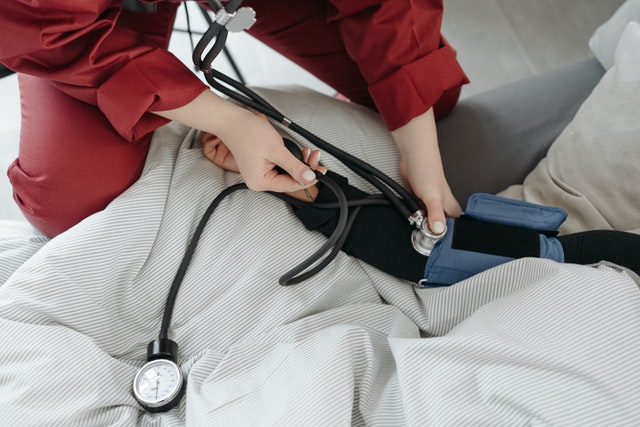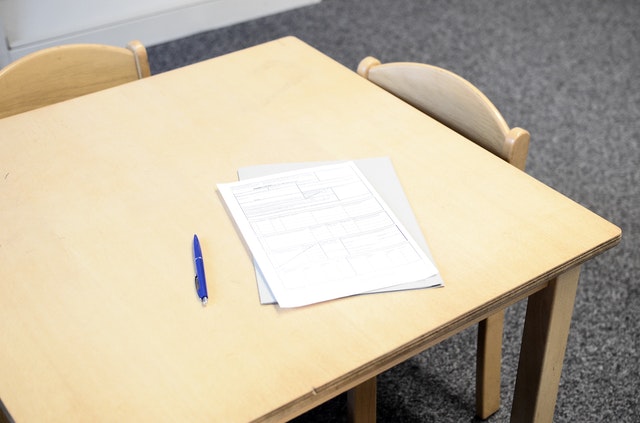This post is for you if you are having trouble studying for your HESI A2 Reading Comprehension Test. You can prepare by using the list of study tools we’ve compiled. These reading comprehension questions are in-depth and concentrate on particular topics, so even if one of them is difficult for you, there are plenty of other opportunities to do well.
As you are aware, reading comprehension is a section of the HESI A2 because it is a necessary skill for a nurse to be successful. You should be aware that you will be reading quite a bit if you decide to enroll in nursing school. Take our free HESI A2 practice test 2024 right away to sharpen your skills and become comfortable with the test structure.

What’s on the HESI A2 Reading Comprehension Section?
You’ll have 55 multiple-choice questions in this section, and a recommended time limit of 60 minutes, although each school is free to set its own time limit. Reading scenarios that are health-related. The Reading Comprehension test focused on the details below:
Finding the Main Idea
The main idea is what the text is about and what the author wants you, the reader, to know. If someone were to ask you, “What was that book or article about?” they are asking you about the main idea. When you can tell them succinctly what it is about, you have a grasp on the main idea.
The purpose of the main idea is twofold. First, it lets the reader know what the text is about so that the reader can decide whether or not to continue reading. Secondly, its purpose is to engage the reader quickly. It serves to capture and take hold of the reader within the first minute or two of picking up the text.
How can you identify the main idea? The main idea is usually (but not always) within the first two to three sentences. Often, the main idea is the same as the topic sentence. And even other times, the title is the main idea. After the first paragraph of a text, a reader should be able to identify what the topic and main idea are and what the text is seeking to do. Some questions you can ask yourself after the first paragraph include:
- Does this book/article/text tell me who, what, where, or how about something?
- Does this piece’s title tell me what I am reading?
- What is the point of this text?
Main idea and supporting details
The text you are reading will have additional details that help support or lend credence to the main idea. As you are reading, it is important to stop periodically and measure whether these supporting details help illustrate the main idea and how they relate to each other.
Rereading and reviewing
Sometimes it is necessary to read the text again to decipher the main idea and the supporting details. Read each paragraph carefully and consider why the author is sharing this information
Supporting Details
Supporting details exist to support the main idea. In a paragraph format, these details come after the topic sentence – the first sentence in a paragraph, usually – and before the final sentence. Supporting details serve as pillars to “hold up” the main idea of a passage or paragraph, and could also be identified as proof or evidence of an idea.
Author’s Tone & Purpose
In the HESI A2 Reading Comprehension section, you may meet the questions asking about the author’s tone and purpose.
What is the author’s tone? The author’s tone is the way the author speaks through her/his words. The author’s tone includes the words that he/she uses to describe people, situations, and events. The tone gives the reader clues about how the author thinks or feels about particular subjects and people. We get a sense of the author’s attitude.
What’s its purpose? Part of the purpose of tone is to create the mood of the piece. Mostly, however, the tone of the text gives the reader insight into why the author is writing in the first place, especially in non-fiction writing. The reader can infer the author’s purpose by identifying the tone.
The author’s tone is important because, along with clueing the reader into the purpose of the text, it allows the reader to engage in a deeper way by identifying whether the text is fact or opinion, an expository or persuasive piece, etc. Evaluating the tone also requires the reader to check his or her own biases and prejudices in relation to the topic. Do you find yourself sympathizing with something simply because of how the author speaks? The tone may be partially responsible!
Tone can be tricky to identify, but some general rules are to look to the adjectives and descriptions of people, places, and events in the text. How is the author using his words? What words is he/she choosing? How does he/she compare and contrast within the text?
Is the author trying to prove something to the reader? Or else have something to gain? And are the adjectives used almost exclusively negative or have negative connotations? If asked, how would the author respond about the characters, events, or places? What would their face look like when asked?
Drawing Conclusions and Making Inferences
These are two interwoven ways to come to an understanding of a piece. Drawing conclusions involves looking at the facts, interpreting their purpose and meaning, and coming to a realization using those facts. Meanwhile, making inferences is similar, but rather than coming to a conclusion, facts are used to determine other facts that will eventually lead to a conclusion.
To draw a conclusion, look at the presented facts (and inferences), and determine what the author is saying using these facts. To make an inference, look at the facts presented, and determine what other facts might be realized in conjunction with the existing ones. For instance, if the evidence is presented that a leather shoe is damaged, and the owner of the shoes was near a lake, you can infer that the shoes were damaged by water.
Fact vs. Opinion
This is also a type of question that is available in the HESI A2 Reading Comprehension test.
Fact is immutable, while opinion is entirely subjective. Facts are derived from tangible evidence (using sight, taste, touch, etc.) and are frequently regarded as universal truths. Opinions, however, are not presented with evidence but are presented as feelings and interpretations from one individual or a group of individuals.
When trying to determine whether something is a fact or an opinion, seek out supporting details. If something has numerous evidential supporting details, it is likely to be a fact. If something is supported largely with arguments or appeals to emotion, it is likely to be an opinion.
Compare and Contrast
Comparing and contrasting, while similar, are two very different actions. Comparing is the act of taking two or more things and working to identify similarities between those things. If you were to compare a cat and a dog, for instance, you might note that both are domesticated animals, both possess coats of fur, and both possess tails. Contrasting involves looking at two or more items and working to identify their differences. Again using a cat and a dog, you might note differences in temperaments, in size, and in the basic structure of ears. Comparing is finding similarities while contrasting is identifying differences.
There are certain words that can help clue you in as to whether an author is trying to compare or contrast. Words such as “and,” “also,” and “too” indicate comparison, whereas words such as “but,” “however,” “although,” and “nevertheless” indicate the difference.
Context Clues
Context clue is a term used to describe portions of a passage that lend insight into an idea or a word. Using context clues to find the meaning of a word involves looking at the sentences and phrases surrounding the word in question, and determining what meaning best fits the word based on what is being said in the passage. Using context clues to determine the meaning of an idea is similar; search the sentences and phrases surrounding the idea, and use those excerpts to determine the meaning or purpose of an idea.
Summarizing
Summaries usually come at the end of paragraphs and in the conclusion of pieces. A summary is used to concisely describe the overall purpose and message of a piece. The most common iteration of summaries can be found on the back of a film case; the movie is summarized to draw interest in the story and give an idea of what the story is about.
In literature and academia, the purpose of a summary is no different. Summaries are short passages used to give an idea of a work’s content and draw the interest of the audience.
Tips and tricks

Eliminate the words or phrases.
A complaint which I hear often is that the students are unable to understand the given reading comprehension. If you belong to this category, you need to understand that you don’t need to understand each and every word of the comprehension. At the same time, you should find the gist (summary) of it. Both these points above may appear contradictory But the crucial thing is, you need to eliminate the words, phrases, and sentences from the Reading Comprehension that are not useful and need to focus on keywords.
Learn about all the tips to help you pass other sections at How to pass the HESI A2 Exam?
Find your strengths first.
To improve reading comprehension, first, you need to find your strengths first. The conservative approach to solving a passage is, to read the passage first, and then go to the questions and solve them. But some students do not feel comfortable with this method. Probably they do not know which keywords to remember while going through the comprehension. Or, they may have to read the comprehension again, after reading the questions. This led to the problem of Time Management.
Solution: You can choose the “bottom-up” approach. That means, read the questions first, so that you have an idea of what to look for, in the comprehension. But ultimately you are the better judge of which approach is the best. So, practice several reading comprehensions in two different approaches and find out which method suits you.
Improve Your Vocabulary:
Vocabulary means knowledge of words (meaning of words). If you do not have a good vocabulary, you have to stop at every new word in the reading comprehension, and be puzzled about what does it mean?
How to improve your vocabulary? Start reading in English, anything such as newspapers, stories, comics, textbooks…, anything that keeps you immersed in English. New words gradually sink into your subconscious mind and become familiar. Keep a notebook, Note down the new words you learned today and revise them periodically. And Keep a target and a schedule to learn a certain number of new words every day.
Reading Comprehension Test Materials and Resource
Wanting to find Hesi A2 Test Resources and Materials? We strongly advise using our online app or website, which includes detailed instructions, a HESI A2 Reading Comprehension Practice Test with explanations, and brief assessments to gauge your learning. By providing you with a solid math foundation, it can aid in your exam day preparation.

PCCN vs CCRN: Which Certification Should I Take?
In this discussion, we will examine the fundamental distinctions between PCCN vs CCRN certifications, allowing you to make an informed and right decision about which certification is best for your nursing career progression.
June 20, 2023

Is PCCN Worth It? A Comprehensive 2025 Study Guide
In this article, we will provide all the enrollment criteria, how to apply, whether is PCCN worth it for you to obtain, and how to get a high mark.
June 20, 2023

PCCN Requirements - How to Become a Progressive Care Certified Nurse?
To become a progressive care nurse, you must first obtain the PCCN certification. This post will help you understand PCCN certification, PCCN requirements, and efficient approaches to obtaining this certification.
June 20, 2023


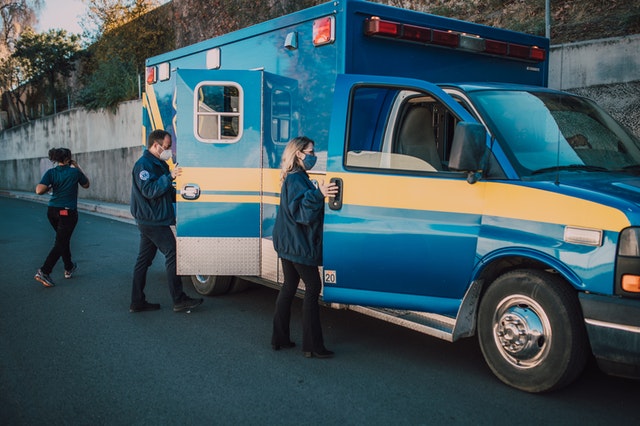

![What Is The Average EMT Salary In Every State [2024 Updated]](https://passemall.com/wp-content/uploads/2021/06/average-emt-salary-by-state.jpeg)
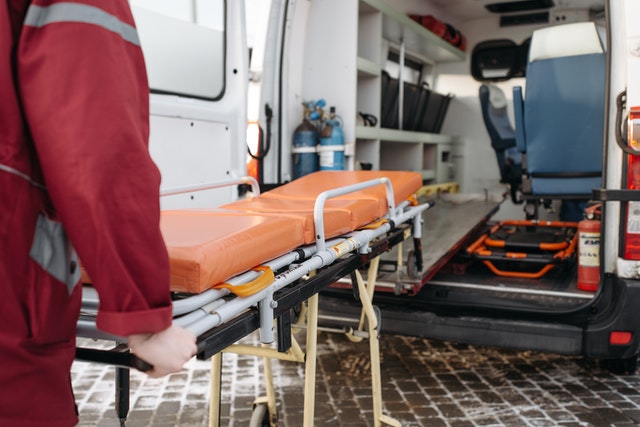
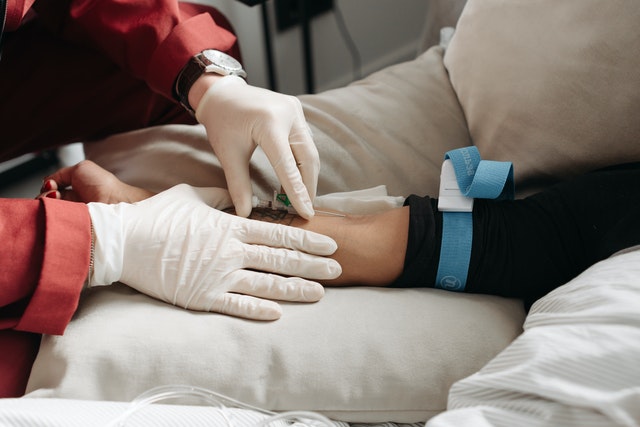


![The Ultimate Chemistry Study Guide For HESI A2 Exam [2024]](https://passemall.com/wp-content/uploads/2021/07/chemistry-study-guide.jpeg)

